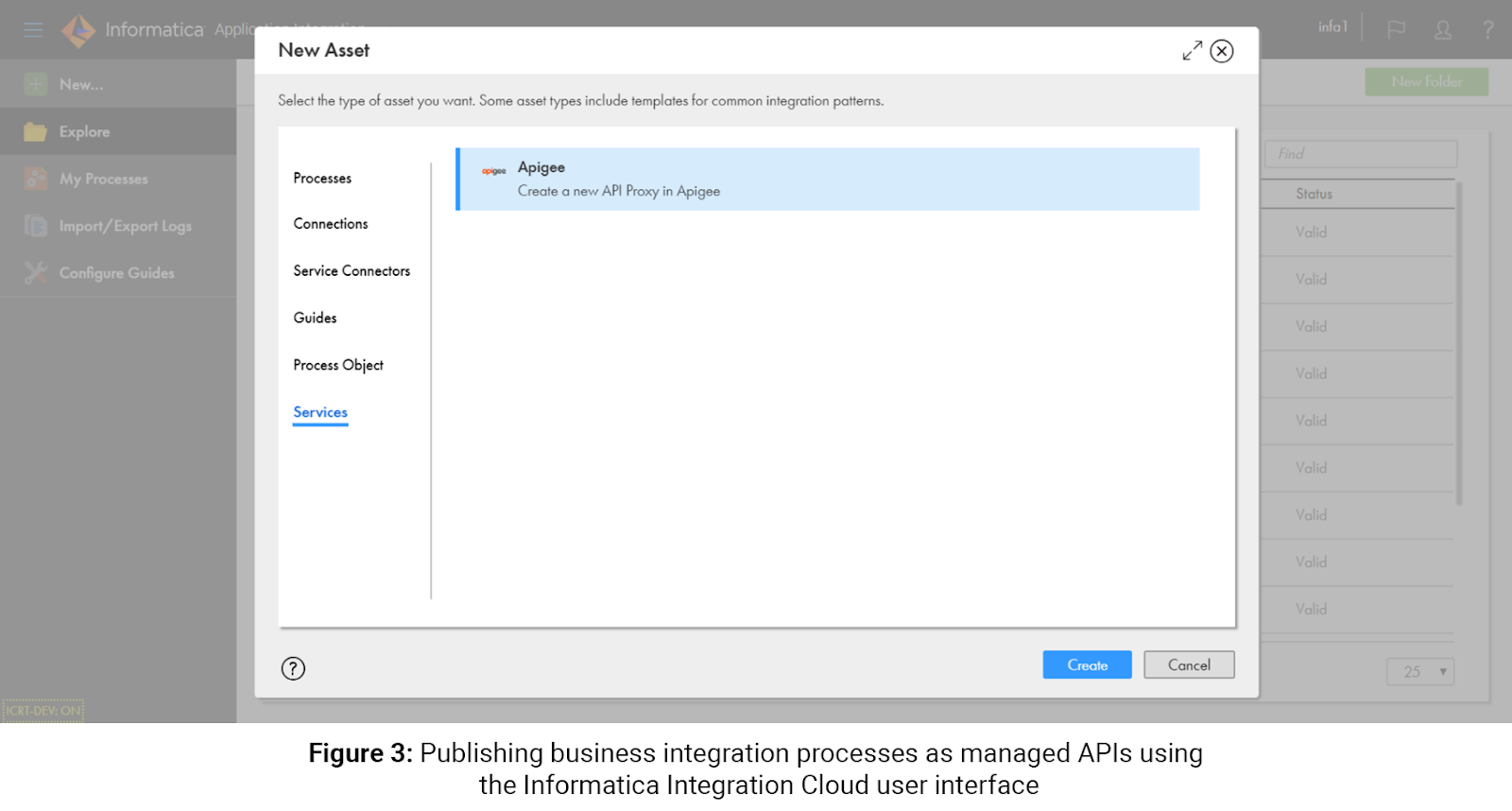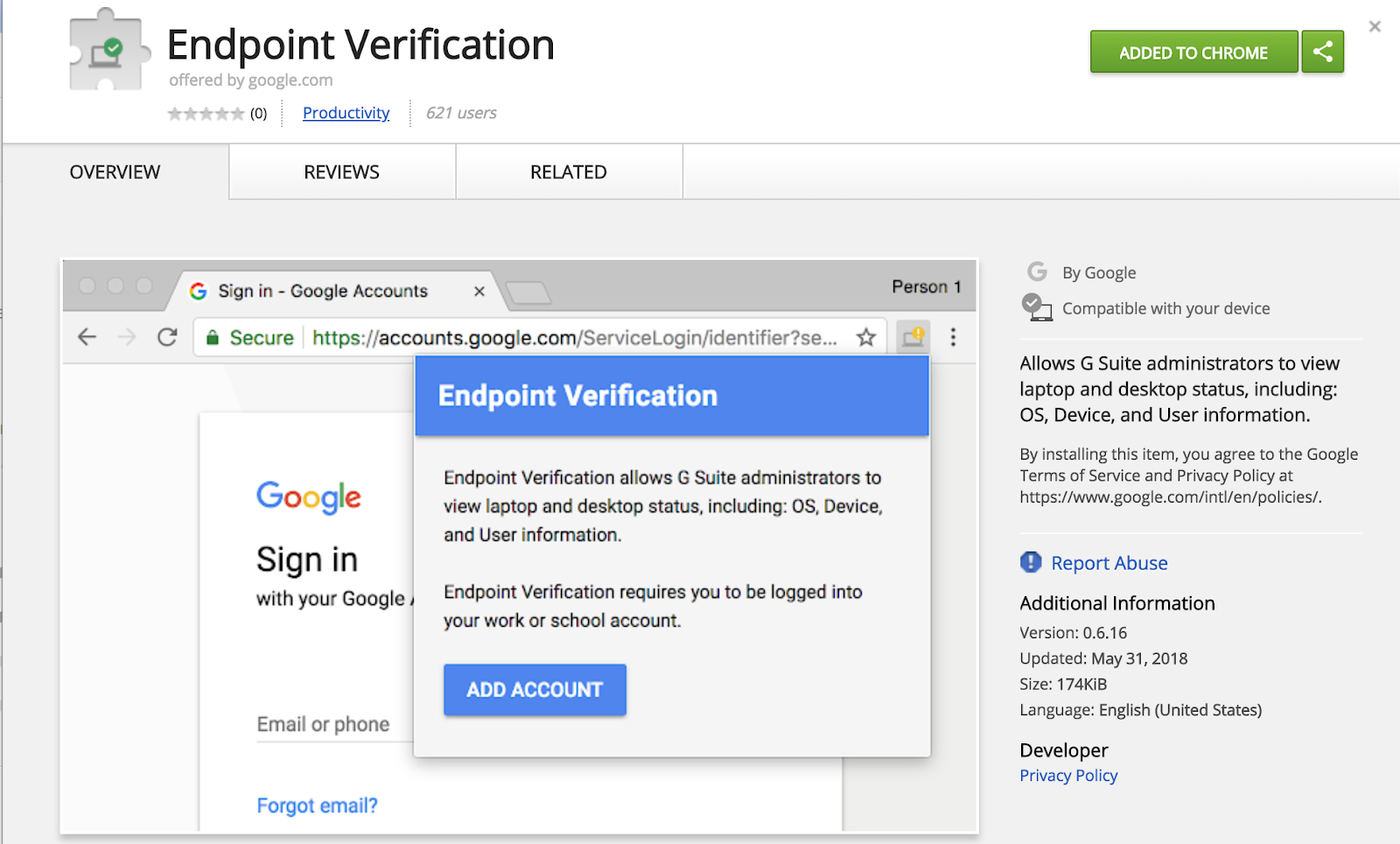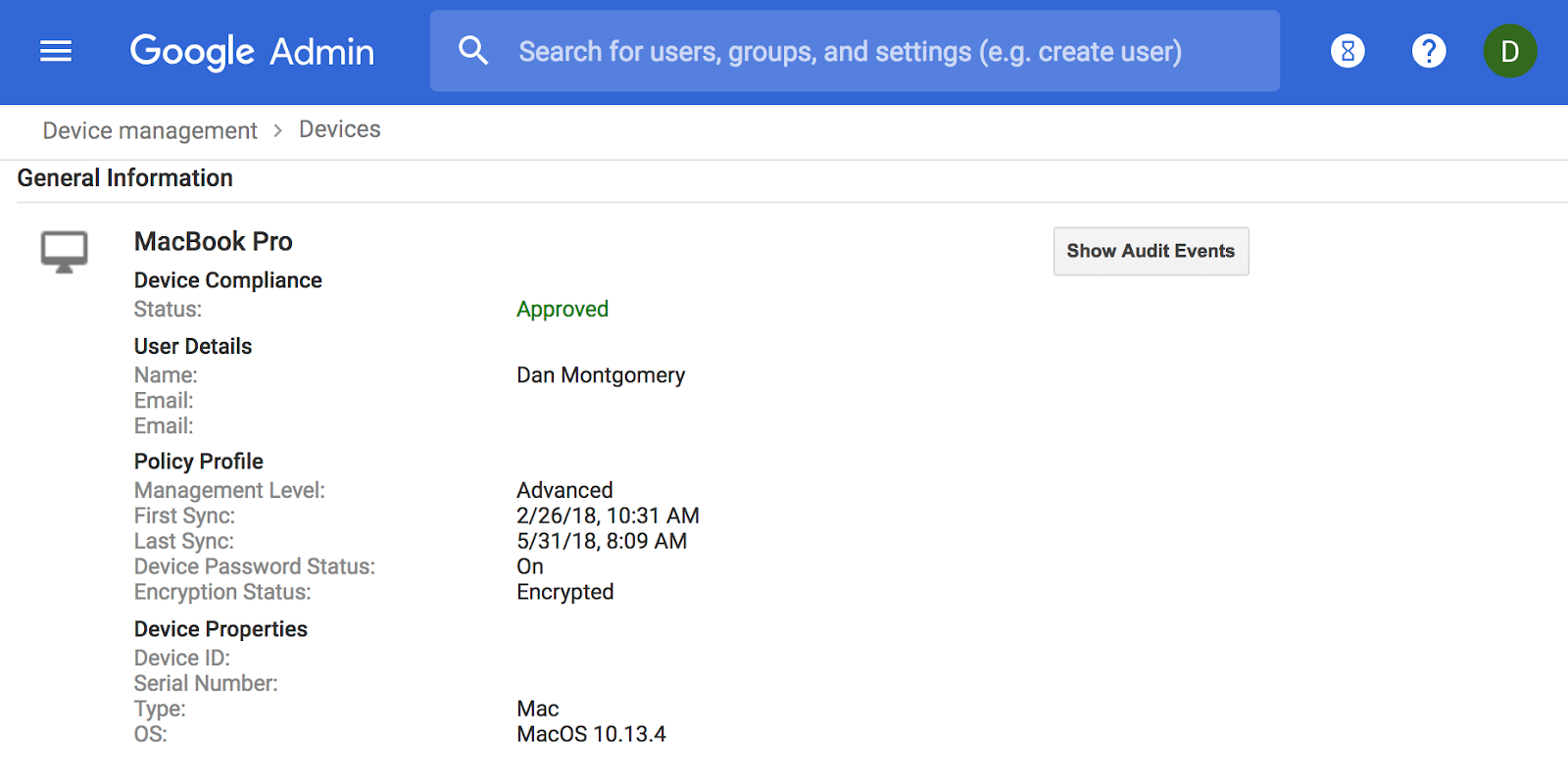Hey, LA — the day has arrived! The Los Angeles Google Cloud Platform region is officially open for business. You can now store data and build highly available, performant applications in Southern California.
Los Angeles Mayor Eric Garcetti said it best: “Los Angeles is a global hub for fashion, music, entertainment, aerospace, and more—and technology is essential to strengthening our status as a center of invention and creativity. We are excited that Google Cloud has chosen Los Angeles to provide infrastructure and technology solutions to our businesses and entrepreneurs.”
The LA cloud region, us-west2, is our seventeenth overall and our fifth in the United States.
Hosting applications in the new region can significantly improve latency for end users in Southern California, and by up to 80% across Northern California and the Southwest, compared to hosting them in the previously closest region, Oregon. You can visit www.gcping.com to see how fast the LA region is for you.
Services
The LA region has everything you need to build the next great application:
Of note, the LA region debuted with one of our newest products: Cloud FilestoreBETA, our managed file storage service for applications that require a filesystem interface and a shared filesystem for data.
The region also has three zones, allowing you to distribute apps and storage across multiple zones to protect against service disruptions. You can also access our multi-regional services (such as BigQuery) in the United States and all the other GCP services via our Google Network, and combine any of the services you deploy in LA with other GCP services around the world. Please visit our Service Specific Terms for detailed information on our data storage capabilities.
Google Cloud Network
Google Cloud’s global networking infrastructure is the largest cloud network as measured by number of points of presence. This private network provides a high-bandwidth, highly reliable, low-latency link to each region across the world. With it, you can reach the LA region as easily as any region. In addition, the global Google Cloud Load Balancing makes it easy to deploy truly global applications.Also, if you’d like to connect to the Los Angeles region privately, we offer Dedicated Interconnect at two locations: Equinix LA1 and CoreSite LA1.
LA region celebration
We celebrated the launch of the LA cloud region the best way we know how: with our customers. At the celebration, we announced new services to help content creators take advantage of the cloud: Filestore, Transfer Appliance and of course, the new region itself, in the heart of media and entertainment country. The region’s proximity to content creators is critical for cloud-based visual effects and animation workloads. With proximity comes low latency, which lets you treat the cloud as if it were part of your on-premises infrastructure—or even migrate your entire studio to the cloud. |
| Paul-Henri Ferrand, President of Global Customer Operations, officially announces the opening of our Los Angeles cloud region. |
What customers are saying

“Google Cloud makes the City of Los Angeles run more smoothly and efficiently to better serve Angelenos city-wide. We are very excited to have a cloud region of our own that enables businesses, big or small, to leverage the latest cloud technology and foster innovation.”
- Ted Ross, General Manager and Chief Information Officer for City of LA Information Technology Agency, City of LA

“Using Google Cloud for visual effects rendering enables our team to be fast, flexible and to work on multiple large projects simultaneously without fear of resource starvation. Cloud is at the heart of our IT strategy and Google provides us with the rendering power to create Oscar-winning graphics in post-production work.”
- Steve MacPherson, Chief Technology Officer, Framestore

“A lot of our short form projects pop up unexpectedly, so having extra capacity in region can help us quickly capitalize on these opportunities. The extra speed the LA region gives us will help us free up our artists to do more creative work. We’re also expanding internationally, and hiring more artists abroad, and we’ve found that Google Cloud has the best combination of global reach, high performance and cost to help us achieve our ambitions.”
- Tom Taylor, Head of Engineering, The Mill
What SoCal partners are saying
Our partners are available to help design and support your deployment, migration and maintenance needs.

“Cloud and data are the new equalizers, transforming the way organizations are built, work and create value. Our premier partnership with Google Cloud Platform enables us to help our clients digitally transform through efforts like app modernization, data analytics, ML and AI. Google’s new LA cloud region will enhance the deliverability of these solutions and help us better service the LA and Orange County markets - a destination where Neudesic has chosen to place its corporate home.”
- Tim Marshall, CTO and Co-Founder, Neudesic

“Enterprises everywhere are on a journey to harness the power of cloud to accelerate business objectives, implement disruptive features, and drive down costs. The Taos and Google Cloud partnership helps companies innovate and scale, and we are excited for the new Google Cloud LA region. The data center will bring a whole new level of uptime and service to our Southern California team and clients.”
- Hamilton Yu, President and COO, Taos

“As a launch partner for Google Cloud and multi-year recipient of Google’s Partner of the Year award, we are thrilled to have Google’s new cloud region in Los Angeles, our home base and where we have a strong customer footprint. SADA Systems has a track record of delivering industry expertise and innovative technical services to customers nationwide. We are excited to leverage the scale and power of Google Cloud along with SADA’s expertise for our clients in the Los Angeles area to continue their cloud transformation journey.”
- Tony Safoian, CEO & President, SADA Systems
Getting started
For additional details on the LA region, please visit our LA region page where you’ll get access to free resources, whitepapers, the "Cloud On-Air" on-demand video series and more. Our locations page provides updates on the availability of additional services and regions. Contact us to request early access to new regions and help us prioritize where we build next.













